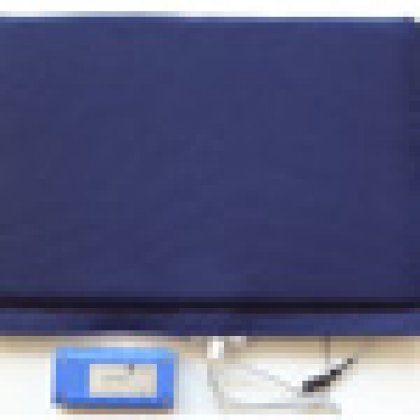
To prevent the risk of ‘chair disease’, The University of Queensland researchers have developed a ‘sitting pad’ device that uses an alarm to alert workers to stand up more regularly.
The UQ School of Human Movement Studies research team, including PhD student Gemma Ryde, Dr Nicholas Gilson, Mr Alessandro Suppini and Professor Wendy Brown, developed the device to tackle health problems related to sitting down too often.
Ms Ryde said sitting down too often could cause heart disease, diabetes, obesity and back, neck, wrist and shoulder injuries.
“Sitting for large portions of the day is associated with poor health outcomes and a reduced life expectancy, even for those people who might be considered physically active,” Ms Ryde said.
“The sitting pad results will contribute towards the growing body of evidence in the area of occupational sitting.
“Our studies have shown that the sitting pad is a highly accurate measurement tool that can objectively measure desk based sitting time and the number of times employees get up from their own desk.”
She says the sitting pad measures the time a worker spends sitting at their desk using a medical grade pressure sensor and custom made microcontroller to record a timestamp each time an employee sits down or stands up.
A feedback mechanism built into the sitting pad is attached to the sensor, which can then be set to sound an alarm if a person has been sitting for a certain predetermined amount of time.
The alarm will stop when the person stands up, but will go off again if the person sits down within a couple of seconds.
It also has Bluetooth connectivity, which can be used in intervention studies.
When using the device to measure desk based sitting patterns, the study found employees spend over two-thirds of their work hours sitting at a desk.
“It is important to accurately measure and understand behaviour in order to introduce effective intervention methods to the workplace to improve employee health and wellbeing, and to create a more productive workforce,” Ms Ryde said.
Developers hope the research will be used when designing intervention strategies as they note it is important to assess what people are doing before intervention takes place in order to make a difference.
“Future interventions to reduce desk-based sitting time need to prompt each individual employee, in real time, as the prolonged, uninterrupted sitting occurs,” Ms Ryde said.
Media: Kirsten Rogan, Communications and Media, University of Queensland Faculty of Health Sciences, 07 3346 4713, 0412307594 or k.rogan@uq.edu.au


